By Flint Whitlock
After Japan’s attack on Pearl Harbor and America’s formal entry into World War II, isolationist sentiments in the United States were swept away and millions of men and women of all backgrounds rushed to recruiting centers to volunteer for military duty.
The American movie colony in Hollywood was no exception. Many established stars, directors, cameramen, and other technicians put aside their safe, cushy, high-paying jobs for the duration and offered themselves up to the recruiters. Their example inspired thousands of other young men and women to also selflessly enlist and put themselves in harm’s way. Others, without knowing that they would become stars after the war, also joined up without hesitation.
While it would be impossible within the scope of this article to honor all those who served their country, here is a brief sampling.
In the late 1930s and early 1940s, there was no bigger movie star than Clark Gable, who had captured the hearts of millions of women with his portrayal of Rhett Butler in the 1939 blockbuster film, Gone with the Wind. Yet, despite the fact that he was 41 years old in 1942 and technically no longer eligible for the draft, Gable enlisted as a private in the Army Air Corps in August 1942. Many speculate that the death of his beloved wife, the glamorous actress and comedienne Carole Lombard, prompted Gable to enlist.
Returning to California from a war bond tour of the Midwest on January 24, 1942, Lombard was killed when the TWA plane she was on crashed in Nevada. Her death shattered Gable, stunned the nation, and prompted President Franklin Roosevelt to remark, “She gave unselfishly of time and talent to serve her government in peace and war. She loved her country. She is and always will be a star, one we shall never forget nor cease to be grateful to.”
Gable qualified for Officers’ Candidate School and came out in October 1942 with second lieutenant’s bars. He then attended aerial gunnery school and was assigned to the 351st Bomb Group in Polebrook, England, where he flew several operational missions in B-17s over Europe. Hitler reportedly offered a reward for any German who could capture him alive. In October 1943 he returned to the States as a major and was taken off active flying status. His service was recognized with the Distinguished Flying Cross and Air Medal. In 1948 he played an Air Force general in Command Decision.
Swashbuckler Douglas Fairbanks, Jr., one of Hollywood’s hottest “properties” before the war, had already served in the Navy in the 1920s and was a member of the naval reserves. With the outbreak of World War II, he was sent as an exchange officer to England, where he participated with the British in several cross-Channel commando raids. After working with Lord Louis Mountbatten’s staff to develop deception devices designed to fool the Germans, he lobbied his superiors to create an American unit that would similarly specialize in tactical cover, diversion, and deception operations.

The result was the formation of Beach Jumper Unit 1. Although Fairbanks did not command the unit, it was first successfully employed during the invasion of Sicily in 1943. As a naval officer, the actor, however, did take part in the invasions of Sicily and Elba. Eventually several more Beach Jumper units were organized and deployed around the world. Fairbanks was working on deception plans to support the scheduled British landings on Singapore when the war ended. After the war, he was awarded the Silver Star, British Distinguished Service Cross, and the French Legion of Honor. He retired from the Navy with the rank of captain.
Lanky Jimmy Stewart had already made several hugely successful pictures such as Mr. Smith Goes to Washington and The Philadelphia Story. He was considered one of Hollywood’s top leading men but gave up the glitz and glamour to enlist (at age 32, nine months before Pearl Harbor) as a private in the Air Corps; he had earned his civilian pilot’s license a few years earlier. He qualified to fly B-17s, eventually becoming commander of the 703rd Bomb Squadron, 445th Bomb Group, which deployed from Iowa to Tibenham, England, in November 1943.
There, Stewart flew 20 dangerous combat missions over Europe, for which he received numerous decorations, including the Distinguished Service Medal, Distinguished Flying Cross with Oak Leaf Cluster, and Air Medal with three Oak Leaf Clusters. After being promoted to major in January 1944, he was transferred to the 453rd Bomb Group and made Group Operations Officer. In June 1944, Stewart was promoted to lieutenant colonel and became the chief of staff of the 2nd Combat Bomb Wing, 2nd Air Division, Eighth Air Force. In December, he was made the operations officer for the 2nd Combat Air Wing and, a month later, chief of staff of the wing. Promoted to full colonel in March 1945, he went on to command the 2nd Combat Bomb Wing.
Returning to Hollywood, he resumed his movie career and was even more popular than before. He starred in dozens more films (including 1955’s Strategic Air Command), and never lost his love of military flying. He continued to be an active member of the Air Force Reserve and reportedly flew B-52 bombing missions during the Vietnam War. He retired as a brigadier general. Stewart’s son, 1st Lt. Ronald W. McLean, was killed in Vietnam in June 1969.
Henry Fonda was also a recognized star before the war began, having earned considerable acclaim in Young Mr. Lincoln (1939) and The Grapes of Wrath (1940), in addition to many other pictures. After Pearl Harbor and against the wishes of his studio, 20th Century Fox, he enlisted in the Navy. He later played in several military-themed pictures, including the title role in Mr. Roberts (1955), In Harm’s Way (1965), Battle of the Bulge (1965), as General Teddy Roosevelt in The Longest Day, and as Admiral Chester Nimitz in Midway (1976).
Many British stars, too, served with distinction. One of the greatest English actors of his generation, Lawrence Olivier, served as a pilot instructor in the Royal Air Force but was relieved from instructor duty after crashing five planes within a seven-month period. He played a memorable role as Dr. Spaander in A Bridge Too Far (1977) and narrated the award-winning BBC documentary series The World at War.
Richard Todd, who played glider-borne commando leader Major John Howard in The Longest Day, had been a paratrooper on D-Day. As a member of a pathfinder unit assigned to light a drop zone, he reportedly was the first man to jump from a transport into France on June 6. He later was engaged in the brutal fighting at Arnhem during September 1944.
Richard Burton was a Royal Navy veteran of World War II who appeared in The Longest Day. Richard Attenborough, who directed A Bridge Too Far, served with the Royal Air Force. Dirk Bogarde, who played Lt. Gen. Frederick “Boy” Browning in A Bridge Too Far, served with distinction in the Queen’s Royal Regiment. After the war, Bogarde returned to civilian life after being discharged with the rank of major.

Dashing, debonair David Niven’s war service was exemplary. After graduating from Sandhurst and receiving a commission, he served in the Highland Light Infantry, saw action on Malta and at Normandy, headed a commando unit, and reached the rank of lieutenant colonel by war’s end. The son of an Army captain who was killed at Gallipoli in World War I, Niven appeared in many war films, including The Charge of the Light Brigade (1936), Dawn Patrol (1938), The True Glory (1939), Spitfire (1942), and The Guns of Navarone (1961).
Alec Guinness, unforgettable as Colonel Nicholson in The Bridge on the River Kwai, for which he won the 1957 Best Actor Oscar, served in the Sicily, Elba, and Yugoslavia operations and reportedly skippered a British landing craft to the invasion beaches of Normandy on D-Day.
Donald Pleasance, who played the Royal Air Force soldier who goes blind while a POW in The Great Escape (1963), was actually an RAF pilot who was shot down by the Germans and held in a POW camp until the end of the war.
Although not a member of the military, 50-year-old Leslie Howard, who portrayed Ashley Wilkes in Gone with the Wind, lost his life on a commercial airliner when it was shot down by German fighters off the coast of Spain on June 1, 1943. There is some evidence to suggest that because the Germans thought British Prime Minister Winston Churchill was aboard the flight, the attack was an assassination attempt. Howard did, however, have connections with British intelligence, and the actor’s manager, Alfred Chenhalls, who was aboard the plane, greatly resembled Churchill, which may have led spies to conclude that the prime minister was among the passengers.
Other British actors who served in the military during World War II include Rex Harrison of My Fair Lady fame, Christopher Lee, Kenneth More, Ralph Richardson, Peter Sellers, and Peter Ustinov, who served as Lt. Col. David Niven’s batman.
Once peace returned in 1945, so did the celebrities, many of whom went on to play roles in war films––films that often eerily reflected their own combat experiences.
Robert Montgomery was such an actor. One of prewar Hollywood’s top draws, the debonair Montgomery joined the U.S. Naval Reserve in 1941. He enlisted in the British military before America was drawn into the war and drove ambulances in France until the Dunkirk evacuation. He returned home and joined the active Navy, first serving as assistant naval attaché at the American embassy in London, then going on to command PT boats in the Pacific. He next served as operations officer aboard a destroyer during Operation Overlord, the June 6, 1944, invasion of France. He reprised his real-life role of a PT boat commander in the taut 1945 Pacific War drama They Were Expendable, with John Wayne.
Not all of the actors returned home to resume their acting careers. The movies’ first Lone Ranger, Lee Powell, joined the 2nd Marine Division and saw action at Tarawa and Saipan before being killed on July 30, 1944, on Tinian in the Marianas. He is buried in the National Memorial Cemetery of the Pacific, also known as the Punchbowl, in Honolulu. Another B-Western actor, Richard Fiske, who also played in some Three Stooges comedies, lost his life in action in France in August 1944.
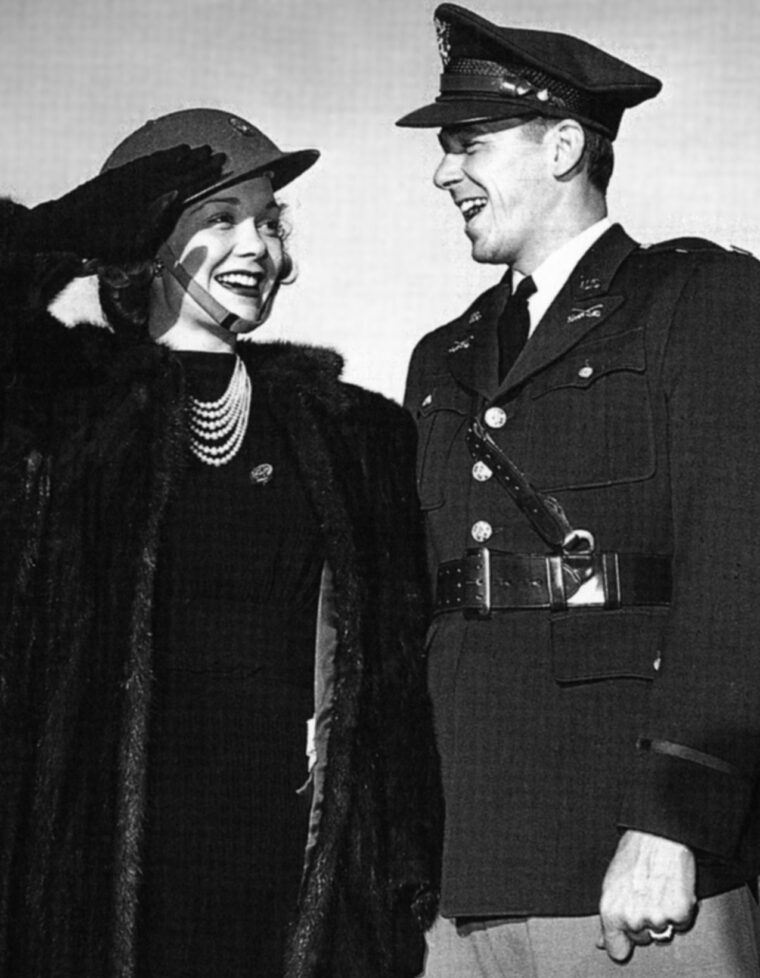
Directors, too, often found themselves under fire. John Ford, appointed chief of the Photographic Branch of the Office of Strategic Services with the rank of lieutenant commander in the Navy, filmed battle scenes at Midway, where he was severely wounded. George Stevens, Frank Capra, John Huston, and studio heads Darryl F. Zanuck and Jack Warner were all involved in the making of documentaries as well as training films. George Roy Hill, who would become a director after the war, flew fighters for the Army Air Corps.
The war turned some men into movie stars, the most notable being Audie Murphy who, with his boyish features, Medal of Honor, and unofficial title of Most Decorated American Serviceman of World War II, was signed by the movie studios, mostly for B-Westerns. He starred in two memorable war films, however, the Civil War drama The Red Badge of Courage (1951) and 1955’s To Hell and Back, in which he played himself.
Harold Russell had been a paratroop instructor when he lost both hands in a training accident in 1944 at Camp Mackall, North Carolina. He was cast as a war-wounded Navy veteran named Homer, trying to readjust to civilian life in William Wyler’s The Best Years of Our Lives, for which Wyler won the Best Director and Best Picture Oscars in 1946. Russell won the Academy Award for Best Supporting Actor and a second, special Oscar “for bringing hope and courage to his fellow veterans.” He is the only actor to win two Oscars for the same role. He later served three terms as Commander of AMVETS.
A 10-year Army veteran in his pre-acting life, Neville Brand, the officer who points out the window at the burning Pacific Fleet and tells a stunned Richard Anderson, “There’s your confirmation, captain,” in Tora, Tora, Tora (1970), earned the Silver Star when he wiped out a German machine-gun nest in the Ardennes in December 1944. In April 1945, with his unit pinned down at the Weser River in Germany, he was badly wounded in his right arm. Had he not been rescued in time, he would have bled to death. Brand also played Duke, a POW with a hair-trigger temper, in Stalag 17 (1953).
Several other featured players in Stalag 17 also wore khaki in real life. William Holden, who won the 1953 Best Actor Oscar for his role in the film, was a lieutenant in the Air Corps. He also starred in 1957’s Oscar-winning The Bridge on the River Kwai. Peter Graves served two years, also in the Air Corps, and starred in the hit TV series of the 1960s, Mission Impossible.
Graves’s brother, six-foot-seven James Arness, who starred as Marshal Matt Dillon in the TV series Gunsmoke and played the alien in 1951’s The Thing, was badly wounded in the leg at Anzio, Italy, while serving with the 3rd Infantry Division. He received the Bronze Star in addition to the Purple Heart.
Handsome Tyrone Power was a Marine pilot who ferried troops and supplies into Pacific island bases and evacuated the wounded. Equally handsome Robert Taylor interrupted his film career to become a flight instructor for the Navy and also directed 17 Navy training films.
Already a leading man, Van Heflin, who starred as Major Sam Huxley in the 1955 film Battle Cry, served as a combat photographer with the Ninth Air Force in Europe. Other actors with military experience in Battle Cry include Tab Hunter (Coast Guard) and gravel-voiced Aldo Ray (ex-Navy frogman).
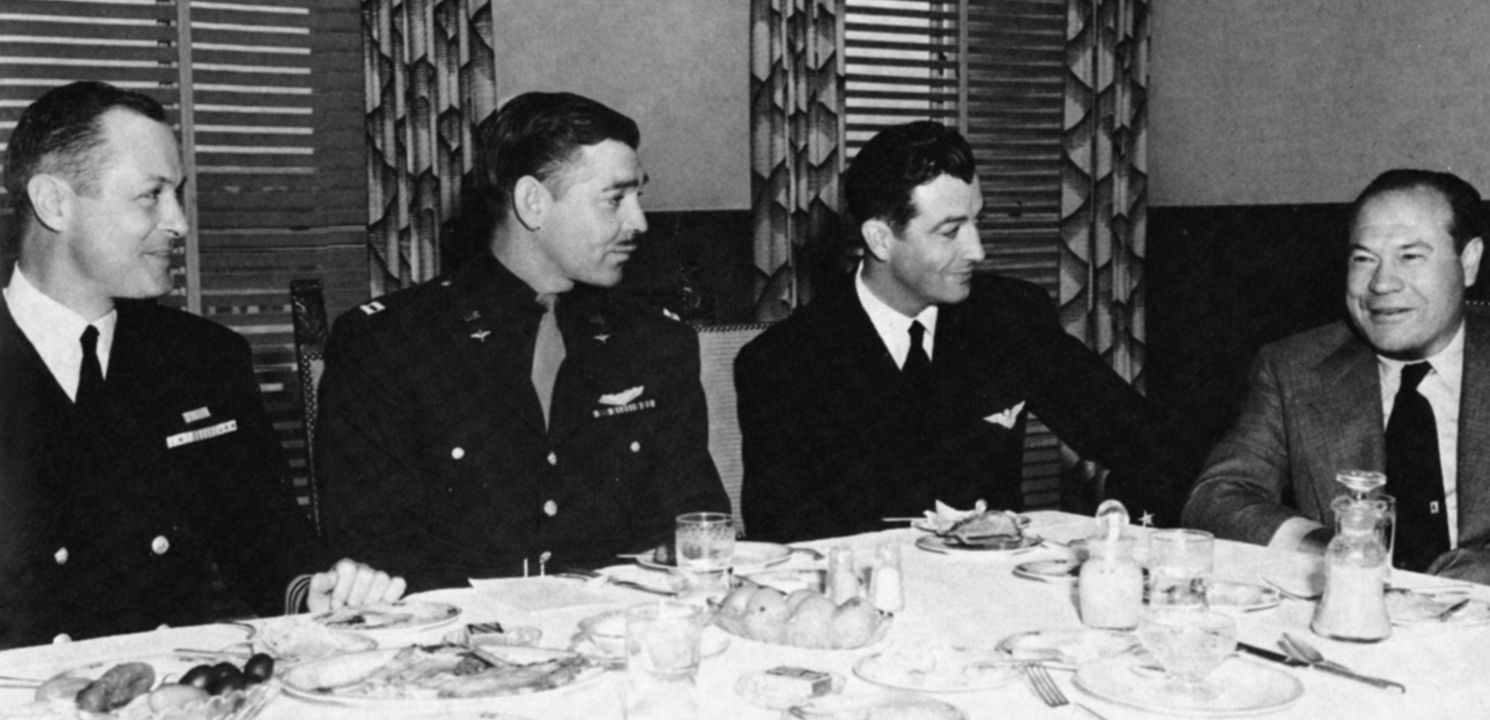
Otto Preminger’s 1965 film In Harm’s Way also featured two other stars with World War II backgrounds: Kirk Douglas (Navy) and Burgess Meredith (Air Corps). Douglas was a communications officer on a submarine and was wounded during a depth charge attack by a Japanese destroyer. After the war, he starred in The Heroes of Telemark (1965), Is Paris Burning? (1966), and two of Stanley Kubrick’s films, Paths of Glory (1958) and Spartacus (1960), as well as innumerable others.
Ernest Borgnine joined the Navy in 1935 and was a chief gunner’s mate aboard a destroyer during the war. His military movie roles included featured parts in From Here To Eternity (1952) and The Dirty Dozen (1967). He also played in TV’s McHale’s Navy and the movie of the same name.
Ronald Reagan, who would later become president of the United States, served as an officer in the Army Air Corps but was not assigned to flight duties due to a severe hearing loss. He made training films.
Jason Robards, Jr., a radioman in the Navy, just missed the Japanese attack on Pearl Harbor as his ship, the cruiser USS Northampton, was at sea during the aerial assault. Robards did not miss the rest of the war, however. On November 30, 1942, off Guadalcanal, the ship was sunk and 1,000 survivors had to be rescued; Robards was one of them. He went on to participate in 14 major battles and was awarded the Navy Cross for heroism at Tassafaronga. He played General Walter Short in Tora, Tora, Tora.
Other stars and soon-to-be stars would also see action at sea. Paul Newman served as a Navy radioman in the South Pacific. Victor Mature, star of the 1949 hit Samson and Delilah, was a petty officer in the Coast Guard. Others in Coast Guard service were Alan Hale, the Skipper on Gilligan’s Island, and Roots author Alex Haley.
Many other future stars also served in uniform. George C. Scott, who would win an Oscar but refuse to accept it for his portrayal as Patton (1970), served in the Marine Corps from 1945 (upon graduation from high school) until 1949, but never saw combat. Karl Malden, who played opposite Scott in Patton as General Omar Bradley, served as an enlisted man in the Air Corps. Charles Bronson, outstanding in The Dirty Dozen, was a gunner on bombers in the Pacific and flew 21 combat missions while serving with the Twentieth Air Force; he received the Purple Heart for wounds received during one operation.
Sterling Hayden had appeared in a couple of films before joining the Marines on the eve of Pearl Harbor. He served with the OSS in top-secret missions inside Nazi-occupied Yugoslavia.
Mel Brooks, of Blazing Saddles and The Producers, was a combat engineer who cleared German mines after the Battle of the Bulge.

James Whitmore, who played in Battleground (1949) and Battle Cry (1955), was a Marine Corps officer in World War II. Art Carney served in a machine-gun squad with the 28th Division in Normandy and was wounded in the leg near St. Lô. Rod Steiger lied about his age to get into the Navy, where he served as a torpedoman. Jack Lemmon, who played the manic Ensign Pulver in Mr. Roberts, was an ensign in the Navy aboard the carrier USS Lake Champlain at war’s end. Walter Matthau was a gunner on B-17s with the Eighth Air Force and earned eight battle stars. Martin Balsam, Admiral Husband E. Kimmel in Tora, Tora, Tora, also served in the Army Air Corps.
Rod Serling, screenwriter and creator of the hit TV series The Twilight Zone, was a paratrooper with the 11th Airborne Division, fought in New Guinea, and was wounded in the leg during the invasion of the Philippines.
Eddie Albert, who played Colonel Thompson in The Longest Day and starred in the Green Acres TV series, was a decorated Navy officer and saw action during the invasion of Tarawa. Assigned as a salvage officer, he accompanied the second wave to the beachhead to examine military equipment abandoned on the battlefield to see if it was worth retrieving. In addition to the debris, he found wounded Marines and, while under fire, evacuated them to ships offshore. He earned commendations for his bravery.
Lee Marvin, well known by war-film buffs for his role as Major Reisman in The Dirty Dozen, was wounded at Saipan while serving with the Marines. Brian Keith was a gunner on Marine Corps planes in the Pacific. Richard Boone, TV’s Paladin, served on Navy torpedo planes.
Gene “The Singing Cowboy” Autry, star of countless Westerns, served as a flight officer with the Air Transport Command, which shuttled troops to and from their Pacific and Asian combat areas. He also made several flights in C-47s over the dangerous Burma Hump. Former child star Jackie Coogan joined the Army in 1941 and, as a glider pilot, transported Chindit units in Burma.
Before earning fame as a brawny character actor, Charles Durning landed at Omaha Beach on D-Day with the 1st Infantry Division and was wounded six months later during the Battle of the Bulge; he earned the Silver Star.
Charlton Heston, who had the title role in Ben-Hur (1959) and played Moses in The Ten Commandments (1956), dropped out of college to become an Air Corps radio operator stationed in the Aleutians. Although only 16, Gene Hackman lied about his age to join the Marines. He trained as a radio operator. Star Trek creator and producer Gene Roddenberry flew for the Army Air Corps during the Battle of Guadalcanal. Dick Van Dyke served in the Army Air Corps but failed to become a pilot because he was underweight. Tony Curtis, who earlier had been wounded at Guam, watched the Japanese surrender ceremony in Tokyo Bay through binoculars while serving aboard a submarine tender.
Maurice Evans, an English actor who had come to America to seek his fortune, organized a troupe of performers to provide comedic, dramatic, and musical entertainment close to the front lines. Known as the Central Pacific Theater of the Army Entertainment Section, Evans’s unit featured such headliners as Mickey Rooney, Red Buttons, William Holden, and Carl Reiner.

Werner Klemperer, the son of symphony conductor Otto Klemperer, and best known as the POW-camp kommandant Colonel Wilhelm Klink in the long-running Hogan’s Heroes series, escaped Germany with his family in the 1930s. He joined the U.S. Army in 1942 and served as a military policeman in the Pacific before being recruited for Evans’s troupe. He played a powerful role in the 1961 film Judgment at Nuremberg.
Jack Palance required complete facial reconstruction after he was seriously injured in the crash-landing of his Army Air Corps B-24 bomber while patrolling the California coast. Other sources say he was wounded in combat or crashed in England. He starred with Eddie Albert and Lee Marvin in Attack! (1956).
TV legend Johnny Carson was a Navy officer who had the grim task of removing the dead and mangled bodies of fellow sailors following a Japanese attack on his ship. His TV sidekick Ed McMahon was a Marine fighter pilot who served in both World War II and Korea, flying a total of 85 combat missions.
George Kennedy, the burly star of the Airport and Naked Gun movies, as well as The Dirty Dozen, spent 16 years in the Army and was an officer in Lt. Gen. George Patton, Jr.’s Third Army. He went on to play Patton in 1979’s Brass Target and was the military advisor for The Phil Silvers Show.
Women, too, performed wartime duties admirably. Nancy Kulp, the skinny spinster Jane Hathaway on The Beverly Hillbillies TV series, served as a lieutenant in the WAVES. Martha Raye, in addition to entertaining the troops near the front lines with the USO, also pitched in as a nurse to help the wounded. Marlene Dietrich left Germany before the war and became a U.S. citizen. During the war, in addition to entertaining American troops, she promoted the sale of war bonds and made anti-Nazi broadcasts in German. Bea Arthur, star of TV’s Maude and Golden Girls, served in the women’s Marine Corps.
Black cabaret singer and expatriate Josephine Baker remained in France after the Nazi takeover and worked as a spy, providing intelligence information to the Allies.
Teenager Audrey Hepburn, who was vacationing with her Dutch mother in Holland when the Germans invaded, was stuck in Nazi-controlled Arnhem and spent much of the war serving as a courier between Dutch resistance groups.
A number of stars saw more combat on the back lots and sound stages of Hollywood than they did on any real battlefield. Several legendary actors were exempt from World War II military service, including Marlon Brando (knee injury), Gary Cooper (bad hip), Peter Falk (glass eye), Errol Flynn (heart condition), Jackie Gleason (overweight), Van Johnson (injuries sustained in a car crash), Danny Kaye (bad back), Peter Lawford (shoulder injury), Dean Martin (hernia), Frank Sinatra (perforated eardrum), Richard Widmark (same condition), Gregory Peck (old rowing injury), and Bob Hope, Fred Astaire, and George Raft (too old). Some actors avoided service, such as Cary Grant, Dick Haymes, and John Wayne (bad knee from a football injury, although some less-than-charitable accounts claim that The Duke deliberately avoided military service).
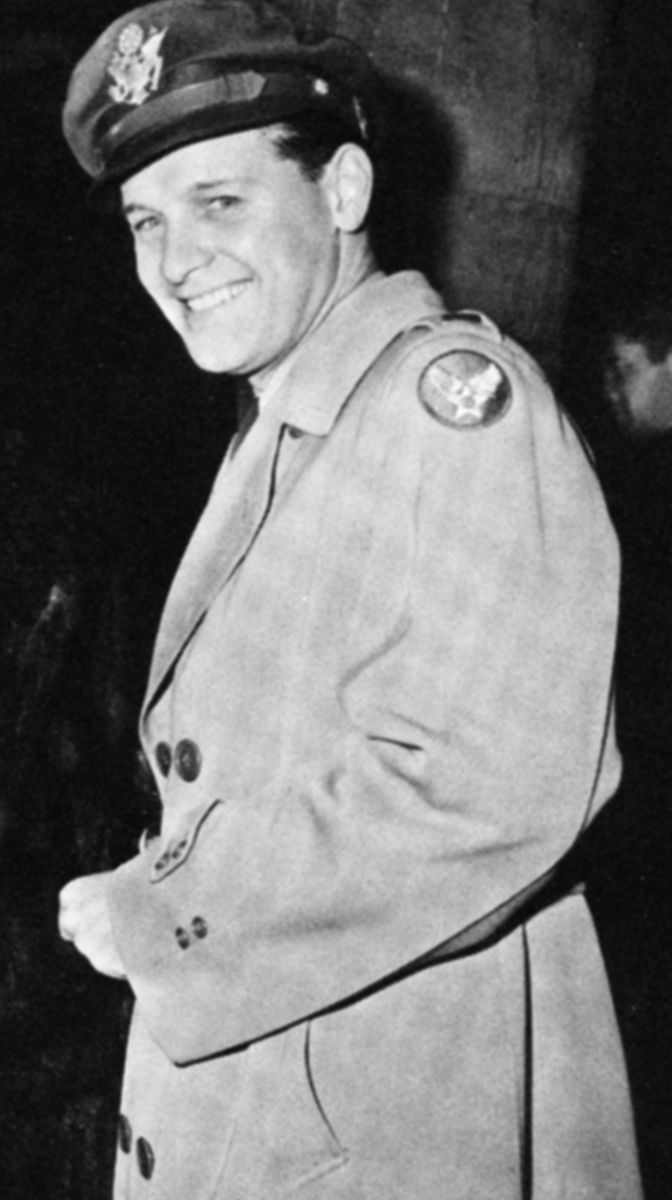
Humphrey Bogart, an established star who had served in the Navy in World War I, tried to enlist but was rejected for service in World War II because the draft board said he was too old (43 in 1942). His roles in Action in the North Atlantic, Sahara, and Casablanca (all 1943), however, inspired a generation to the idealistic calling of national service.
Several Canadian actors served during World War II as well. James Doohan, best known as Scotty in the Star Trek TV series, was shot seven times and lost a finger while serving as an officer with a Canadian artillery unit on Juno Beach in Normandy on D-Day. After recovering, he switched branches to join the RCAF and served as a pilot/artillery spotter. Other notable Canadians who answered their country’s call include Raymond Massey; Glenn Ford, who served with the U.S. Navy; Leslie Nielsen, and TV game-show host Monty Hall.
German Oskar Werner, who won international acclaim in Francois Truffaut’s Jules et Jim (1961), tried to avoid military service but in December 1941 was drafted into the Wehr-
macht. A dedicated pacifist and anti-Nazi, he acted like an incompetent soldier, deliberately falling from his horse and pretending not to understand how to operate an artillery piece. As a result, instead of being sent to the Russian Front, he was put to work in a garrison in Austria peeling potatoes and cleaning latrines. While still a soldier, he married a half-Jewish woman with whom he had a daughter. During an Allied bombing of Vienna, he was buried under rubble for three days. On December 8, 1944, with his wife and baby, he deserted from the Wehrmacht, hiding in a shack in the Vienna Woods until the Russians closed in.
Japanese actor Toshiro Mifune, the star of Rashomon (1950) and Seven Samurai (1954), was drafted into the Japanese Army and transferred to an air force squadron stationed in Manchuria. An experienced photographer, he was soon put in charge of the squadron’s aerial photography unit. At war’s end, he was stationed at a kamikaze base. In 1969, Mifune and Lee Marvin starred together in Hell in the Pacific.
Sessue Hayakawa had planned on a naval career, but a hearing loss prevented it. He is best remembered by American audiences as Colonel Saito, the Japanese officer in The Bridge on the River Kwai, a performance for which he received an Oscar nomination.
Several fine books chronicle the military lives of the celebrities, including Khaki: Movie Actors in the Army and Air Services by James Wise and Paul Wilderson; Stars in Blue: Movie Actors in America’s Sea Services by James Wise and Ann Rehill; Stars at War by Michael Munn; and International Stars at War by Scott Baron.
All the books convey a certain nostalgia for a time when the country was in grave peril from a world full of foreign enemies and hundreds of Hollywood stars, and those destined to become stars, gave up their careers and put their lives on the line.
Flint Whitlock is a frequent contributor to WWII History. He is the author of several books, including Soldiers On Skis, The Rock Of Anzio, and The Fighting First.

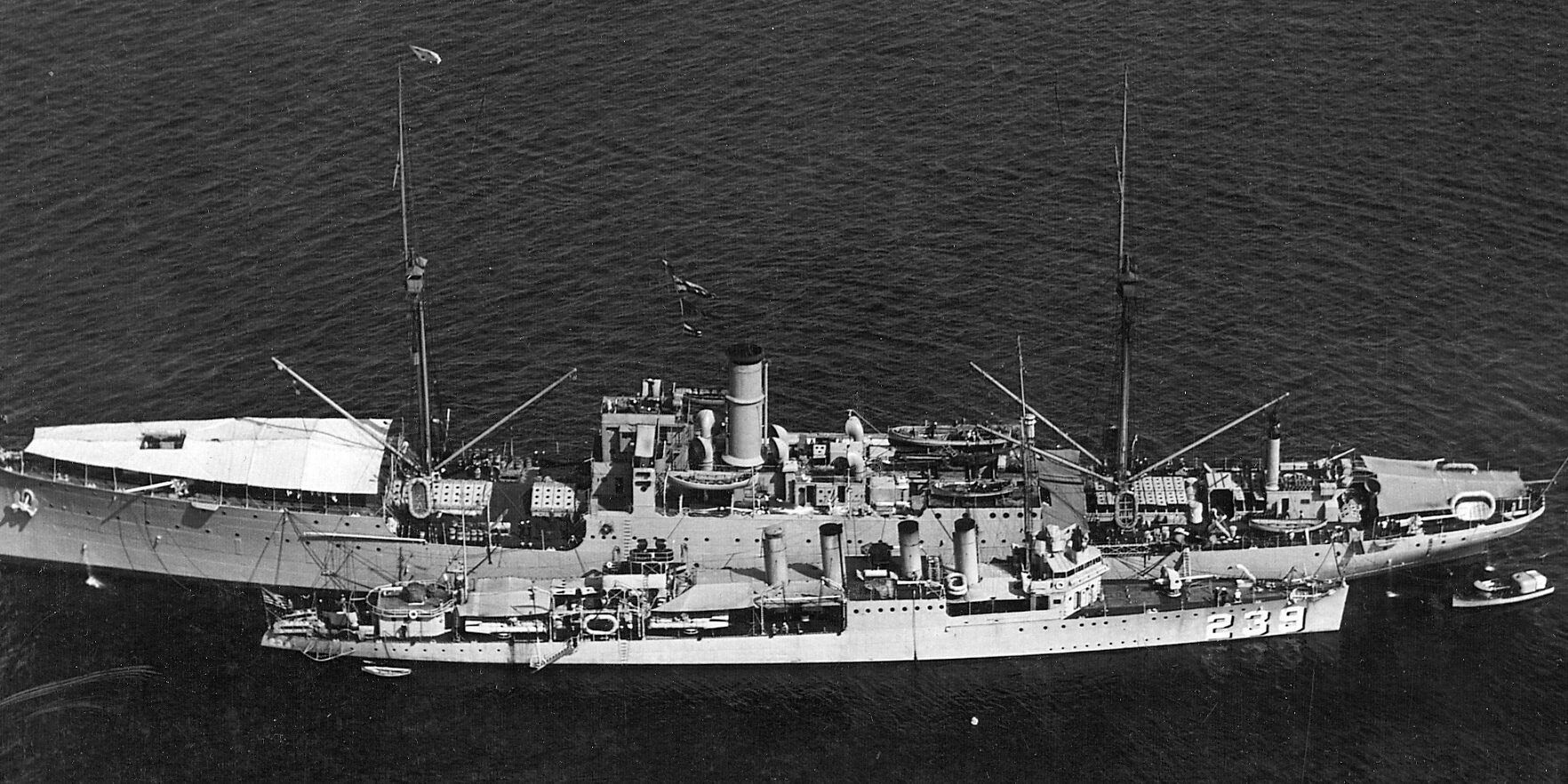
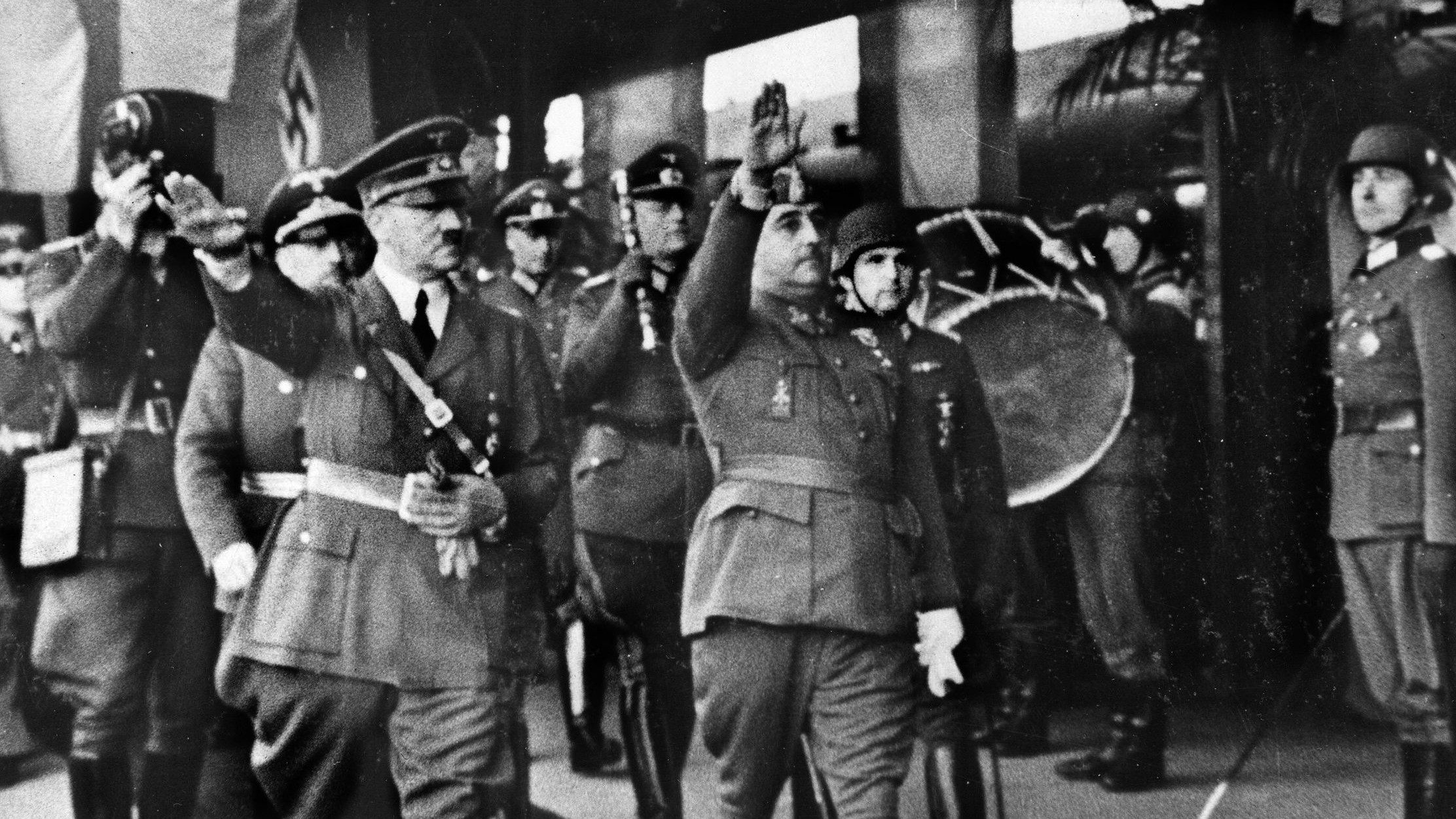
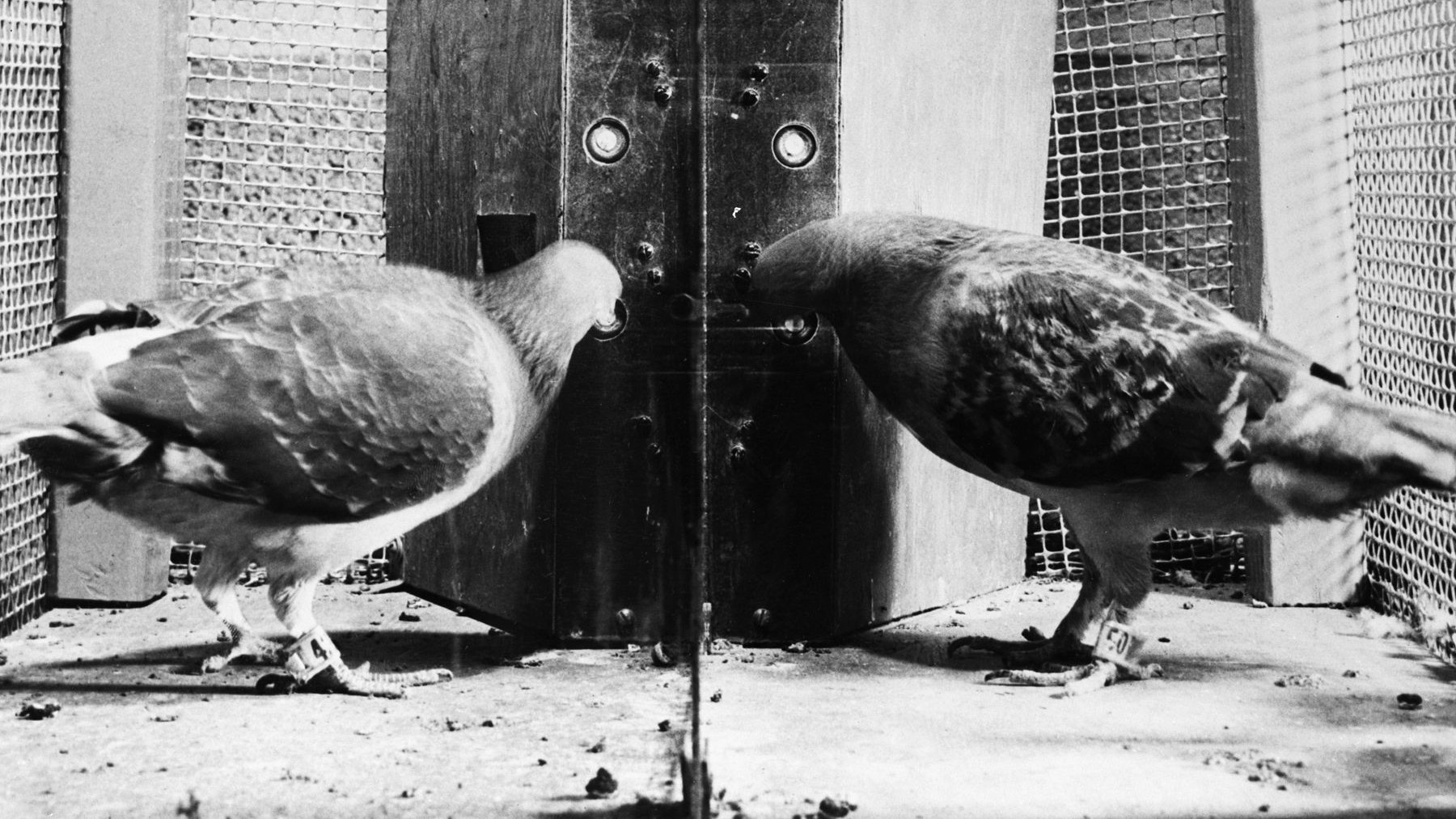
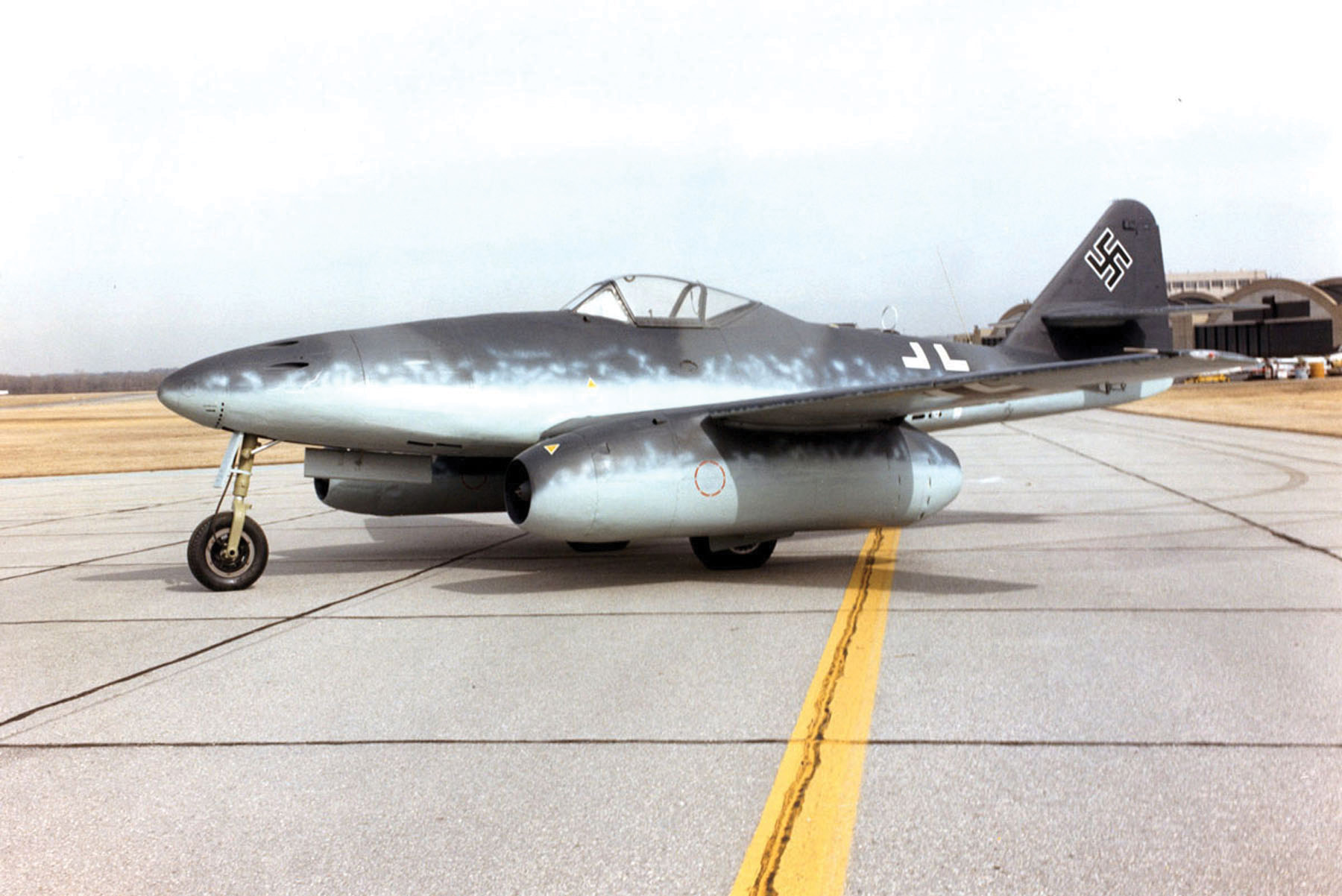
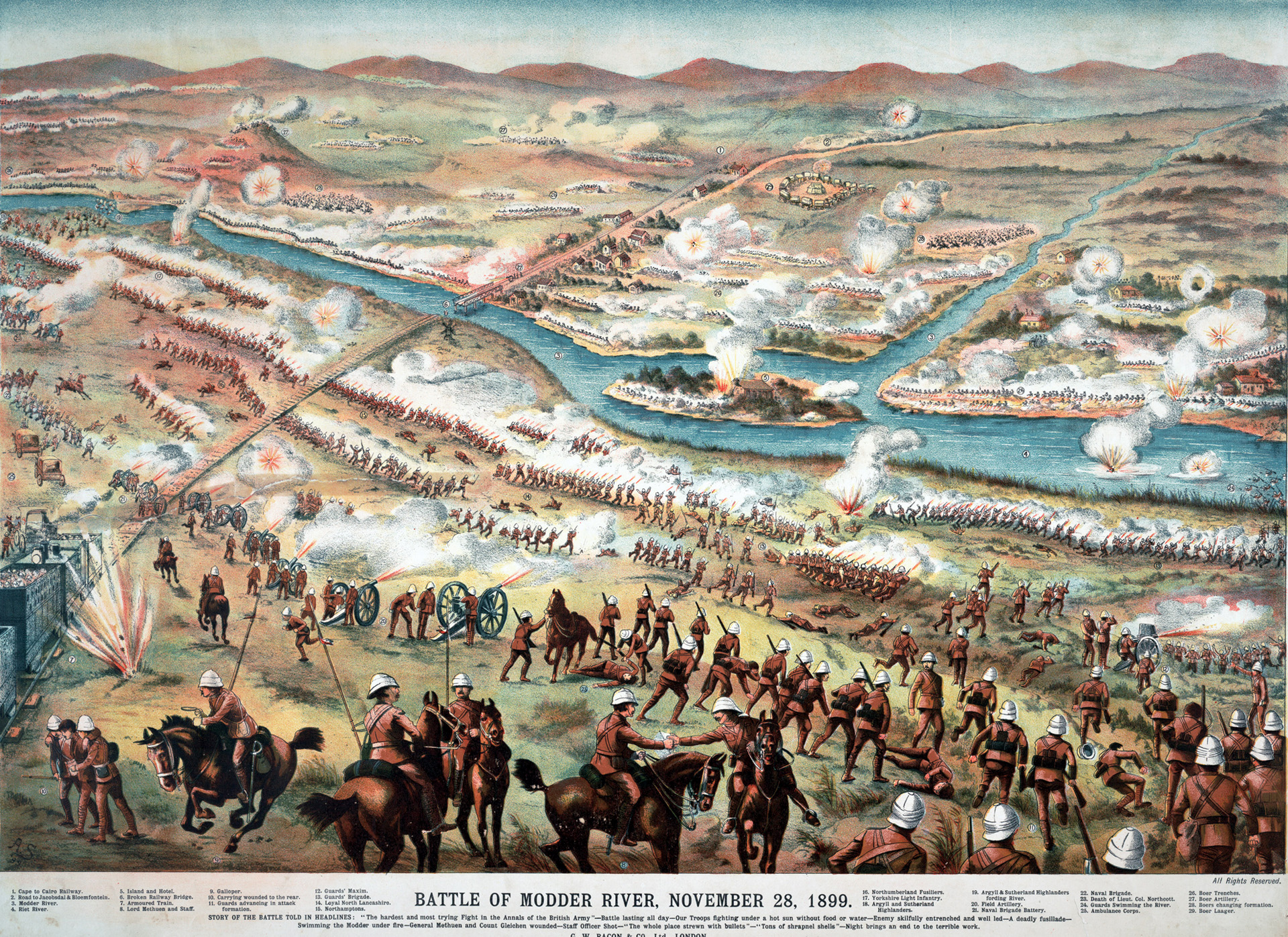
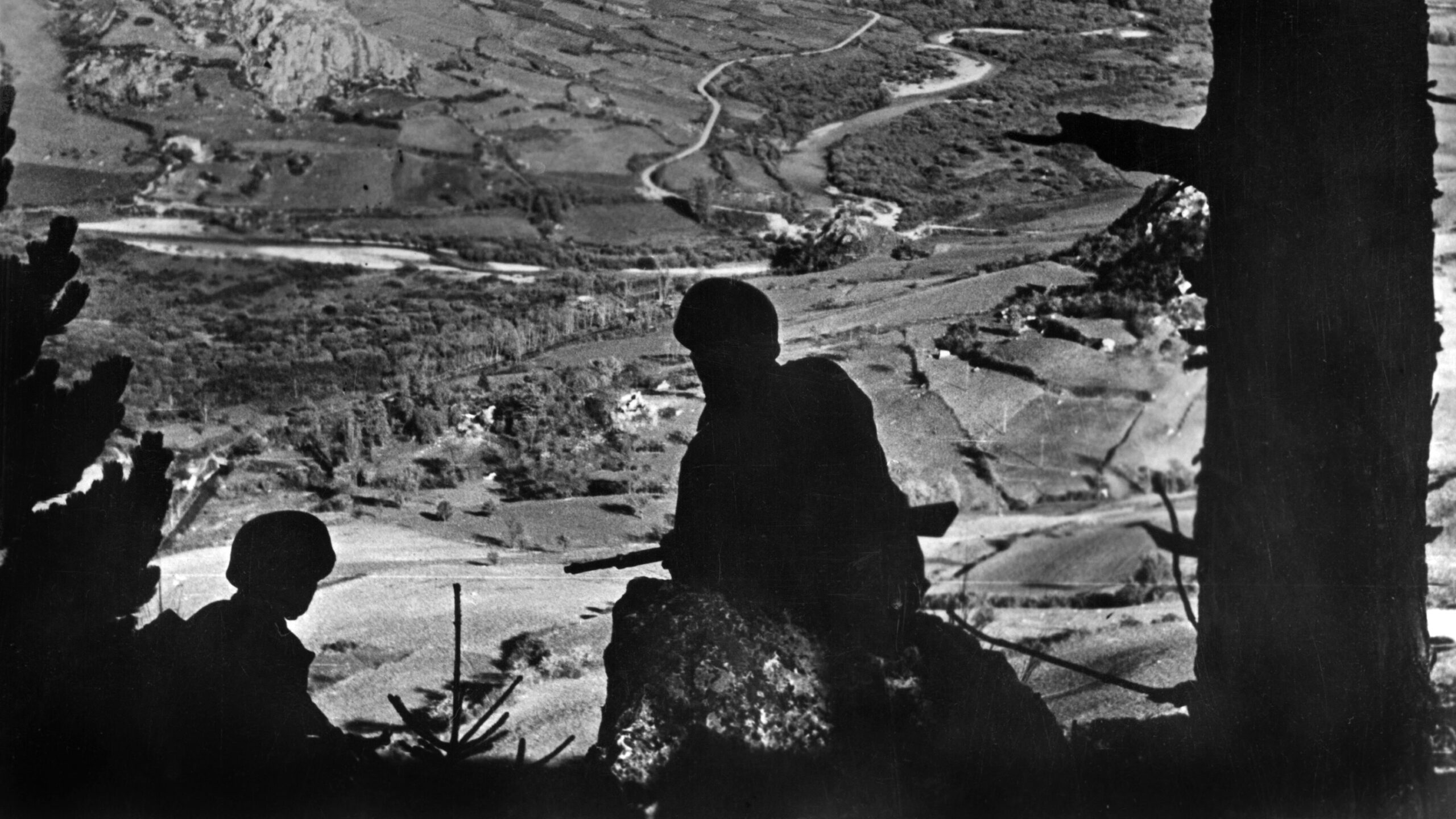
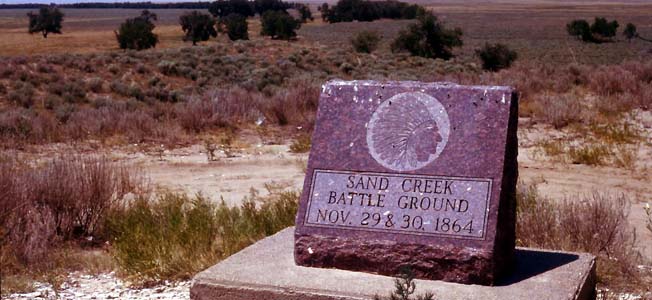
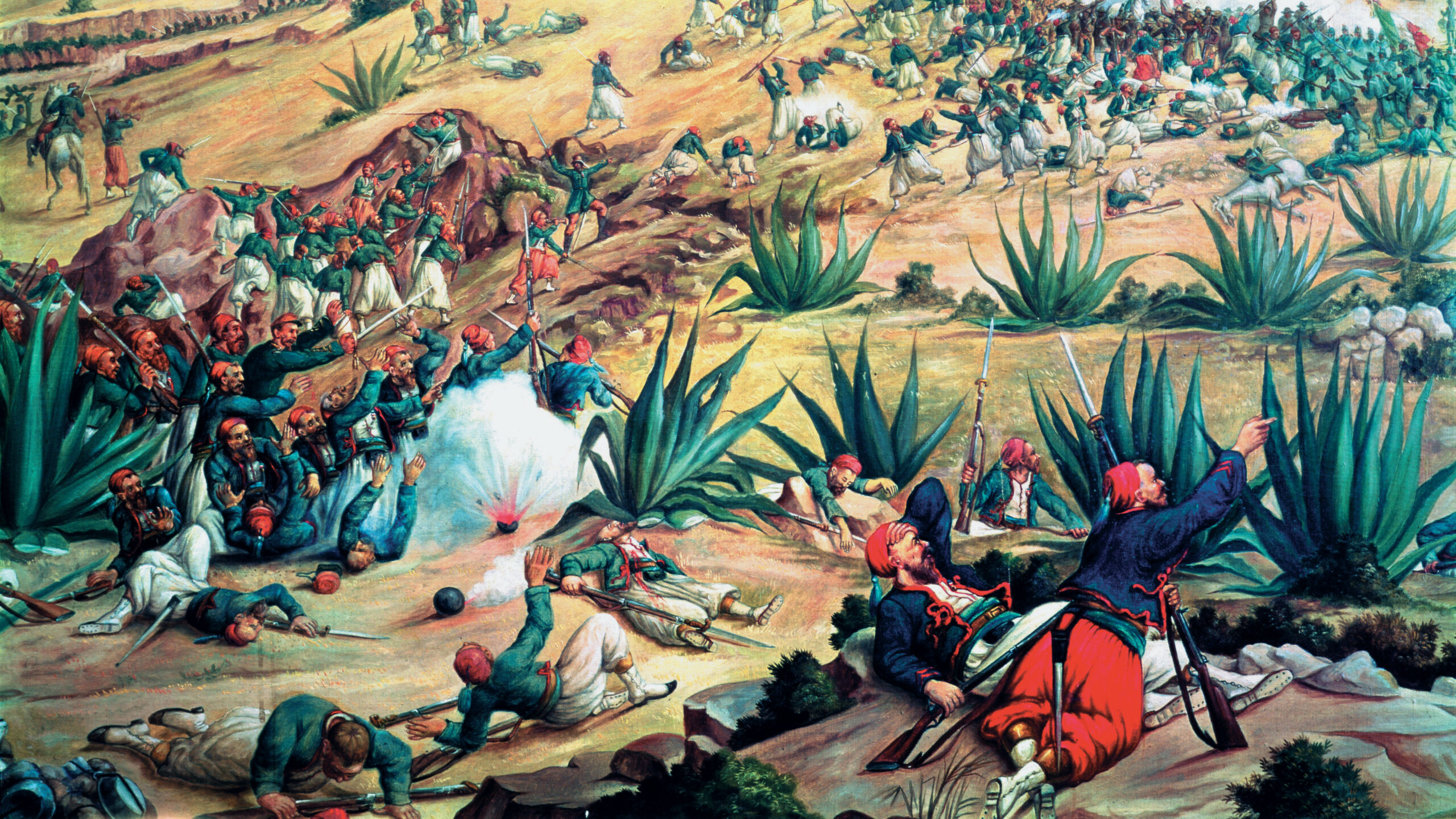
Here’s an idea for a very short article: Current Hollywood stars who served in the military.
Scott: Indeed. Most stars feel that fighting space aliens and the barbarian enemies in the very inaccurate historical themed films of the past is military enough for them.